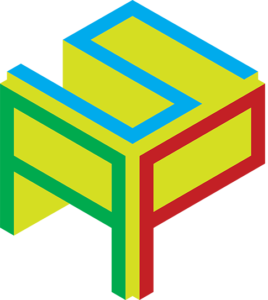
Social Art Publications
SAP is dedicated to developing a portfolio of publications to cultivate, expand and promote knowledge in and about social practice. We offer a reduced fee ISBN and distribution through SAN Partners.

SAP is dedicated to developing a portfolio of publications to cultivate, expand and promote knowledge in and about social practice. We offer a reduced fee ISBN and distribution through SAN Partners.

an AHRC fellowship partnership that tested new models of creative collective policymaking with social practice artists, marginalised audiences, policymakers & institutions.
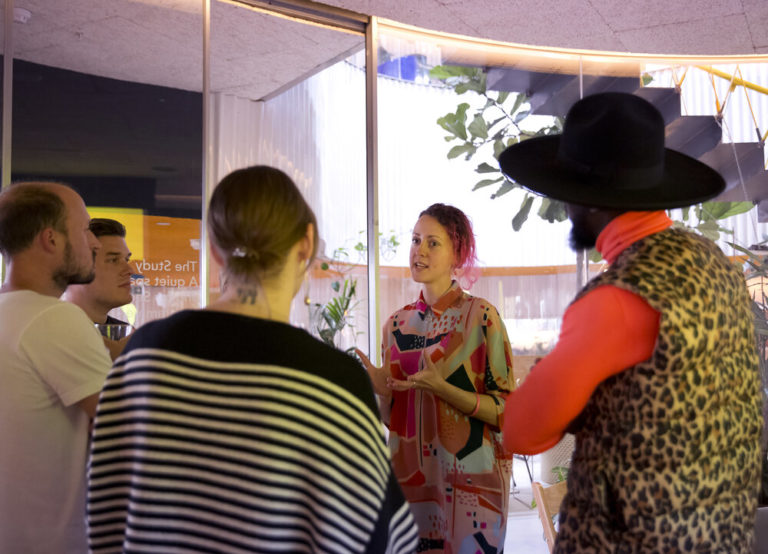
Building How-To Funding Resources Together We’re reaching out to you, the SAN community, to build this funding resource together by adding your knowledge about the

The Social Art Summit is a biannual gathering for artists from around the country to come together to share practice, showcase work and explore what
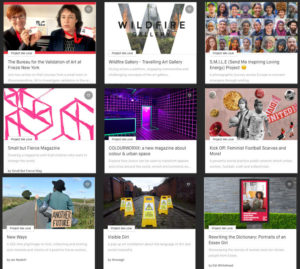
In collaboration with Kickstarter UK, SAN launched a project that helped mentor 10 social practice artists in the UK as they prepared to present projects
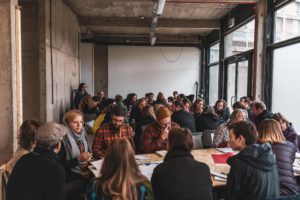
The SAN Assembly is a space to come together to reflect on the Social Art Network, update each other on the work each group is doing and and take part in a conversation
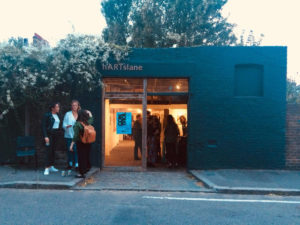
hARTslane A talk about how a derelict motorbike garage became a welcoming art hub. Thursday 21st July, 4-6 pm Sign up for free via Eventbrite!
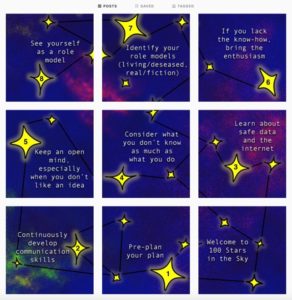
FOLLOW THE INSTAGRAM ACCOUNT 100 Stars in the Sky are 100 tips for Social Practice Artists. They have been developed as a self-supporting method inviting
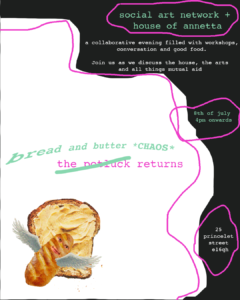
SAN x Bread & Butter at House of Annetta A talk and workshop followed by potluck food gathering. Friday 8th July, 4pm onwards Sign up
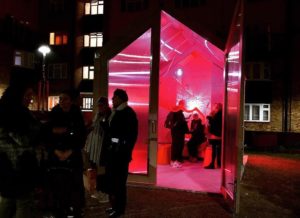
Emotional Labour of Social Practice Artists This afternoon forum offers space to discuss online a variety of perspectives and experiences of emotional labour and burnout

LON-ART CREATIVE Re-thinking our Museums: Reading Artworks from an Activist and Feminist Perspective Credit: Sarau Studio Monday 16th May, 6pm - 7pm ~ Postponed ~
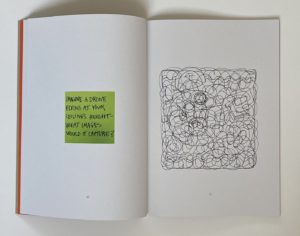
Afterword is a Q&A series with authors to give an insight into the different ways you can produce a publication. Every author is asked the

Afterword is a Q&A series with authors to give an insight into the different ways you can produce a publication. Every author is asked the
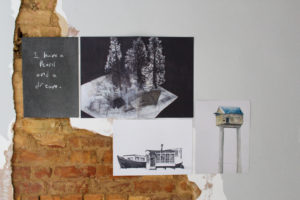
Afterword is a Q&A series with authors to give an insight into the different ways you can produce a publication. Every author is asked the
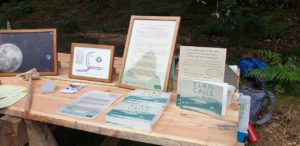
Afterword is a Q&A series with authors to give an insight into the different ways you can produce a publication. Every author is asked the
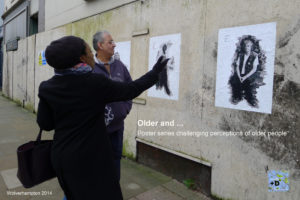
Afterword is a Q&A series with authors to give an insight into the different ways you can produce a publication. Every author is asked the

Afterword is a new Q&A series with authors to give an insight into the different ways you can produce a publication. Every author is asked

hARTslane A talk about how a derelict motorbike garage became a welcoming art hub. Thursday 21st July, 4-6 pm Sign up for free via Eventbrite!

SAN x Bread & Butter at House of Annetta A talk and workshop followed by potluck food gathering. Friday 8th July, 4pm onwards Sign up

Emotional Labour of Social Practice Artists This afternoon forum offers space to discuss online a variety of perspectives and experiences of emotional labour and burnout

LON-ART CREATIVE Re-thinking our Museums: Reading Artworks from an Activist and Feminist Perspective Credit: Sarau Studio Monday 16th May, 6pm - 7pm ~ Postponed ~
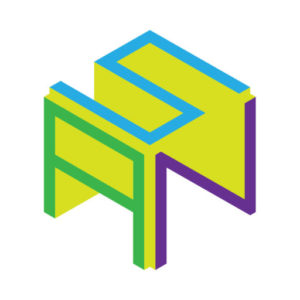
WE NEED YOUR HELP! We want to hear about your experiences as a social practice artist, particularly the emotional labour involved and its potential consequences.
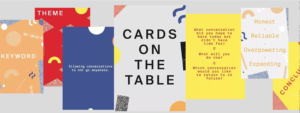
CARDS ON THE TABLE (COTT) Image description: A selection of the cards from the game, including words such as Keywords, questions and quotes. THURSDAY 21ST